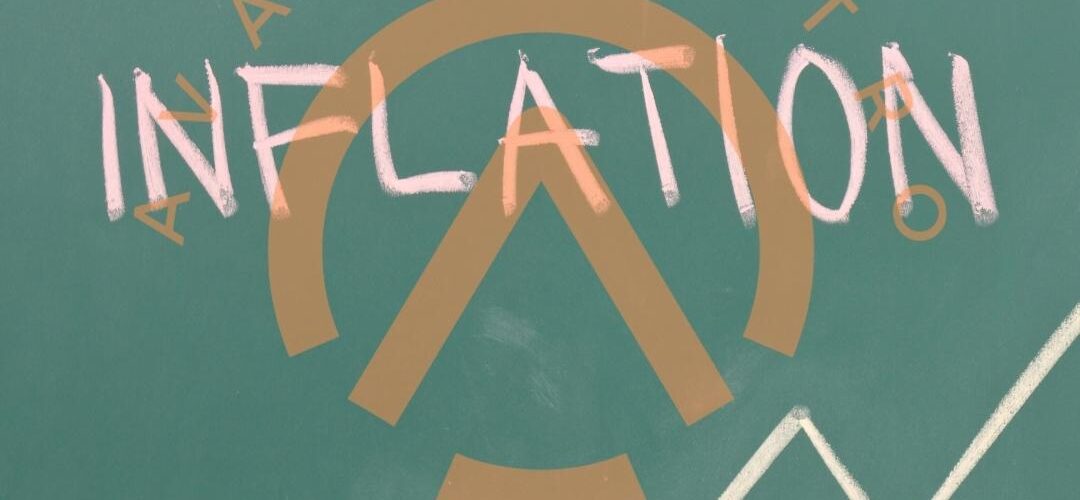The Impact of Inflation on Polymers Demand
- Introduction to Inflation and Polymers
- Understanding Inflation in the Context of the Economy
- Inflation’s Influence on Polymers Demand
- Factors Affecting Polymer Demand During Inflation
- Impact on Polymer Manufacturers
- Strategies to Mitigate the Effects of Inflation
- The Role of Government Policies
- Case Studies of Polymer Industry during Inflation
- Adapting to Inflation: A Polymer Company’s Perspective
- Innovation in Polymer Manufacturing
- Future Trends in Polymer Demand
- Sustainable Practices in the Polymer Industry
- Conclusion
In today’s ever-changing economic landscape, inflation has become a critical factor influencing various industries. Among these, the polymer industry is no exception. In this article, we will explore the profound impact of inflation on the demand for polymers, the factors that contribute to these fluctuations, and strategies employed to navigate through these challenges.
Understanding Inflation in the Context of the Economy
Before delving into the intricacies of how inflation affects the polymer industry, it’s essential to comprehend inflation itself. Inflation is the rate at which the general level of prices for goods and services rises, causing the purchasing power of a currency to fall. This phenomenon occurs when the demand for goods and services exceeds their supply, driving prices upward.
Inflation’s Influence on Polymers Demand
Inflation significantly impacts the polymer industry, mainly due to its close ties with other sectors of the economy. As inflation pushes the prices of raw materials, energy, and transportation higher, the cost of producing polymers also increases. This rise in production costs has a direct impact on the demand for polymers. Industries that rely heavily on polymer products, such as packaging, automotive, and construction, find themselves grappling with elevated expenses.
Factors Affecting Polymer Demand During Inflation
Several factors contribute to the fluctuation in polymer demand during times of inflation. These include increased production costs, reduced consumer spending, and a shift in consumer preferences. When inflation escalates, manufacturers often seek cost-effective alternatives to polymers, reducing demand in the polymer market.
Impact on Polymer Manufacturers
Polymer manufacturers face the challenging task of balancing their production costs and profit margins during periods of inflation. Rising costs of raw materials and energy put pressure on manufacturers, making it essential to adapt swiftly to maintain competitiveness. Some companies may opt for cost-cutting measures, while others explore new technologies and materials to keep their products affordable.
Strategies to Mitigate the Effects of Inflation
To survive and thrive during inflationary times, polymer manufacturers adopt various strategies. These include efficient inventory management, renegotiating contracts with suppliers, and exploring ways to streamline production processes. Manufacturers also look for opportunities to innovate, such as developing more cost-effective materials or improving recycling processes.
The Role of Government Policies
Government policies play a crucial role in regulating inflation and its impact on the polymer industry. Through fiscal and monetary measures, governments can influence the overall inflation rate, which, in turn, affects the polymer market. Subsidies, trade policies, and tax incentives can significantly impact the cost structure of the polymer industry.
Case Studies of Polymer Industry during Inflation
Examining case studies of the polymer industry during inflation can provide valuable insights. Case examples of companies that successfully navigated inflationary periods through innovative approaches can serve as inspiration for others facing similar challenges.
Adapting to Inflation: A Polymer Company’s Perspective
We delve into the practical side of dealing with inflation from the perspective of a polymer manufacturing company. Their experiences and strategies can offer a deeper understanding of the real-world challenges and opportunities during inflation.
Innovation in Polymer Manufacturing
Innovation has been a driving force in the polymer industry, especially during periods of inflation. Companies that invest in research and development to create more cost-efficient and sustainable polymer solutions can gain a competitive edge.
Future Trends in Polymer Demand
Anticipating future trends in polymer demand is essential for manufacturers. As consumer preferences change and sustainability becomes a more significant factor, polymer companies must adapt and innovate to meet evolving demands.
Sustainable Practices in the Polymer Industry
Sustainability is becoming increasingly important in the polymer industry. We explore how sustainability practices not only address environmental concerns but can also be economically beneficial, particularly during times of inflation.
Conclusion
In conclusion, inflation has a significant impact on the demand for polymers. The rise in production costs, shifts in consumer preferences, and the need for innovative solutions pose challenges to the polymer industry. However, with adaptability, innovation, and strategic management, companies can weather the storm of inflation and continue to thrive.
FAQs
1. How does inflation affect the cost of raw materials in the polymer industry?
Inflation often leads to an increase in the cost of raw materials, which directly impacts the production costs of polymers. This, in turn, affects the demand for polymer products.
2. What strategies can polymer manufacturers use to mitigate the effects of inflation?
Polymer manufacturers can employ various strategies, such as efficient inventory management, renegotiating supplier contracts, and exploring cost-effective innovations in their production processes.
3. How do government policies influence inflation’s impact on the polymer industry?
Government policies, including fiscal and monetary measures, subsidies, and trade policies, can significantly influence the cost structure of the polymer industry during inflationary periods.
4. What role does sustainability play in the polymer industry during inflation?
Sustainability practices in the polymer industry not only address environmental concerns but can also provide economic benefits, making them increasingly important during times of inflation.
5. What are some future trends in polymer demand?
Future trends in polymer demand include shifts in consumer preferences towards more sustainable products and innovative solutions to reduce production costs, all influenced by the challenges of inflation.

